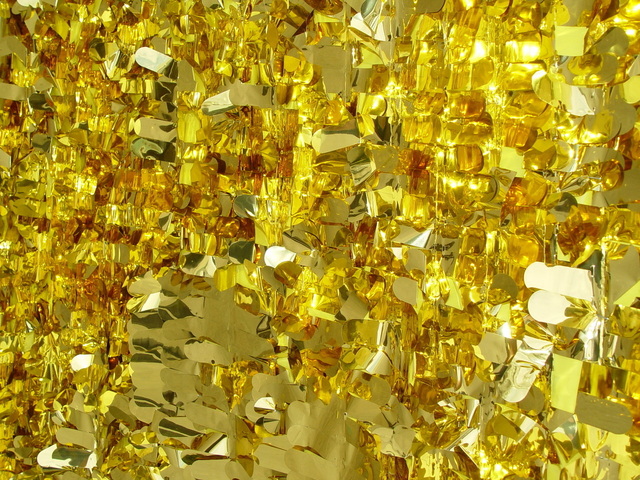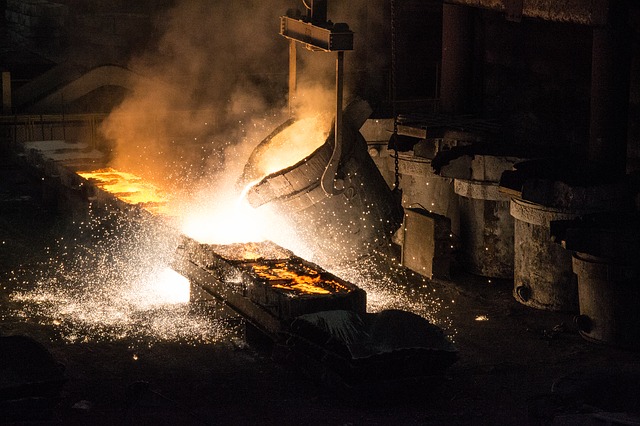Gold has been used since antiquity for jewelry, coinage, sculpture, vessels and as a decoration for buildings, monuments and statues. As early as 3000 BC, gold jewelry was worn by both men and women in Mesopotamia (today mostly Iraq, but also parts of Syria, Iran and Turkey). Gold purity or fineness (the amount of pure gold contained in the product) is described with karat designations. (Not to be confused with the term carats, which is a measure of gemstone weight.)

What do gold’s karat designations mean?

The karat system for describing gold fineness (purity) dates back to medieval times, evolving into today’s system. Pure gold is defined as 24 karats (abbreviated as 24K or 24 kt). In the US, common gold alloys are 22 kt, 18 kt, 14 kt and 10 kt. To determine the percentage of pure gold in an alloy, divide the alloy karat designation by 24. 18 kt gold jewelry is 18/24ths (or 75%) pure gold and 25% other metals. 14 kt gold jewelry is 14/24ths (58.3%) pure gold and 41.7% other metals. At 100 East Fine Jewelry, our gold jewelry is primarily 18 kt and 14 kt gold alloys, which we find ideal for our fine jewelry.
Are there guidelines for marketing gold jewelry products?

The US Federal Trade Commission (FTC) established the ‘Guides for the Jewelry, Precious Metals and Pewter Industries’, which focus on advising marketers on how to make non-deceptive claims about jewelry products. A few highlights of the FTC guidelines with respect to gold and gold jewelry include:
- To use the word ‘gold’ by itself to describe a product, it must be pure, 24 kt gold.
- If the product is made from a gold alloy (less than 24 kt gold), the word gold must be preceded by its correct karat fineness. In our case, we must state it’s 22 kt gold, 18 kt gold or 14 kt gold. Until the most recent update of the FTC guidelines in 2018, in order to use the word gold when describing a gold alloy product, it had to contain at minimum, 10 karats (10/24ths or 41.7%) of pure gold. This restriction is no longer applicable, now a gold alloy can still be designated as gold as long as the word gold is conspicuously preceded by its accurate karat fineness. So, in the US, it is now possible to fine gold products designated as 9 kt gold, 8 kt gold, etc.
- White gold products often receive a surface layer of rhodium to provide an almost chrome-like shine to the surface and/or to reduce allergic reactions. When rhodium is used to coat white gold, it must be disclosed to the buyer.
- To be designated as solid gold, the item cannot be hollow or tubular. It must be completely made of gold.
The FTC provides considerable guidance on gold plated products. 100 East Fine Jewelry does not offer such products, so they’re not covered here. We do, however, offer a few pieces of vermeil jewelry made by other designers as part of our Gordon’s Curated Selection offerings. To gain a better understanding of vermeil, you can read about it in our blog entitled “What is Vermeil?”. To learn more about consumer protections related to precious metals, jewelry of gemstones, check out the Code of Federal Regulations.

